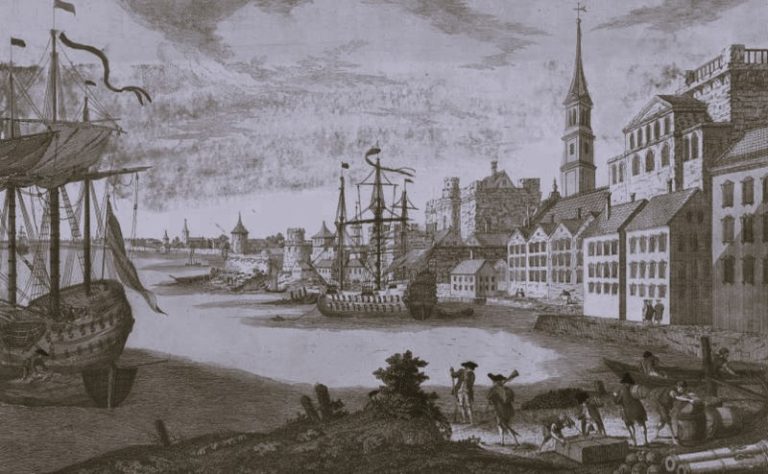

The history of cannabis and the history of CBD are closely linked. As you likely know, the CBD topical you rub into your skin probably comes from the hemp plant. The company in question could have derived it from the marijuana plant, but such products face added restrictions.
It seems likely that the history of cannabis goes back at least 12,000 years. One study ascertained that inhabitants of what is now called Romania used it 5,000 years ago.
In reality, humankind has probably used it for significantly longer. It also seems certain that we have used the hemp plant for just as long. While scientists only discovered cannabidiol in the 1940s, it looks as if the history of CBD is at least 10,000 years long!
Of course, ancient civilizations that used it were unaware of specific compounds. All they knew was that hemp had a wide variety of uses, many of which are provided by Hemp Haven.
The Early History of Hemp
Archaeologists found remnants of hemp cloth in modern-day Iran and Iraq (known as Mesopotamia back then). It was at least 10,000 years old. Researchers suggest that hemp was probably the oldest example of human industry. The ancient Chinese likely used hemp long before it came to Europe approximately 3,200 years ago. From there, the use of the plant spread across the world.
At that time, most ancient cultures used hemp for cloth. By 150 BC, however, the Chinese began using it to make paper. The oldest documents written on paper are Buddhist texts from the second century AD. They are comprised of bark and hemp.
There is also evidence that hemp and cannabis have been used for medicinal purposes for millennia. The hemp plant’s seeds and flowers, for example, were used to help women during difficult childbirths, and also assisted individuals with rheumatism, dysentery, and arthritic joints.
Hemp in the Middle Ages
By this era, the plant became an essential part of the economy. Hemp supplied much of the world’s fiber and food requirements. Hemp rope was the preferred option in ships because it is three times stronger than cotton. It also stays strong against the effects of saltwater.
In 1535, the English King, Henry VIII, passed legislation requiring all landowners to sow a minimum of a quarter of an acre of hemp. Failure to do so meant incurring a hefty fine. From that point until the 1920s, up to 80% of clothing came from hemp textiles.
There was hemp in North America long before the European settlers arrived. As was the case in Henry VIII’s England, in 1619, settlers in Virginia had to set at least 100 hemp plants. Most states grew the crop at one time or another.
The growth of hemp continued apace for the next 300 or so years. By the early 1900s, cotton had overshadowed hemp, a crop known for being labor-intensive. However, it was the propaganda of the 1930s that spelled doom for the crop. It was also a dark time in the history of cannabis.
The DuPont family had created nylon and viewed the hemp plant as a significant threat. The wood industry was also concerned by its rival. It was the likes of the DuPont’s and William Randolph Hearst that helped bury hemp. The Marihuana Tax Act of 1937 made both cannabis and hemp illegal in the United States.
Even though the American government encouraged the growth of hemp during World War II, it was never officially legal. It joined marijuana on the list of controlled substances in 1970.
The Modern Era – A Bright Spell in the History of CBD
There are many brands which you can trust regarding the high-quality CBD products like Lazarus Naturals so you can order the CBD product which you need online and get them at your doorstep.
California became the first state to legalize marijuana in 1996. Another 32 states, plus Washington, D.C., have followed in the intervening period. In 11 states, cannabis is legal for use if you are an adult aged 21+. There are restrictions on how much you can purchase, however.
It is important to note that cannabis isn’t federally legal. However, hemp now is thanks to the 2018 Farm Bill. As long as a state submits its pilot program to the USDA and receives approval, farmers can cultivate industrial hemp. They need to get a license from their state, and the hemp must contain a maximum of 0.3% THC.
The Farm Bill did not guarantee the federal legality of CBD. However, its sale and purchase are widely tolerated in the vast majority of states. It is now easy for consumers to go online and visit the websites of top brands such as Premium Jane. From there, you can buy CBD products and have them shipped to your door. Make sure you read the site’s terms and conditions before making a purchase.
Both the history of cannabis and history of CBD are compelling stories, and there are a few chapters left to tell.






